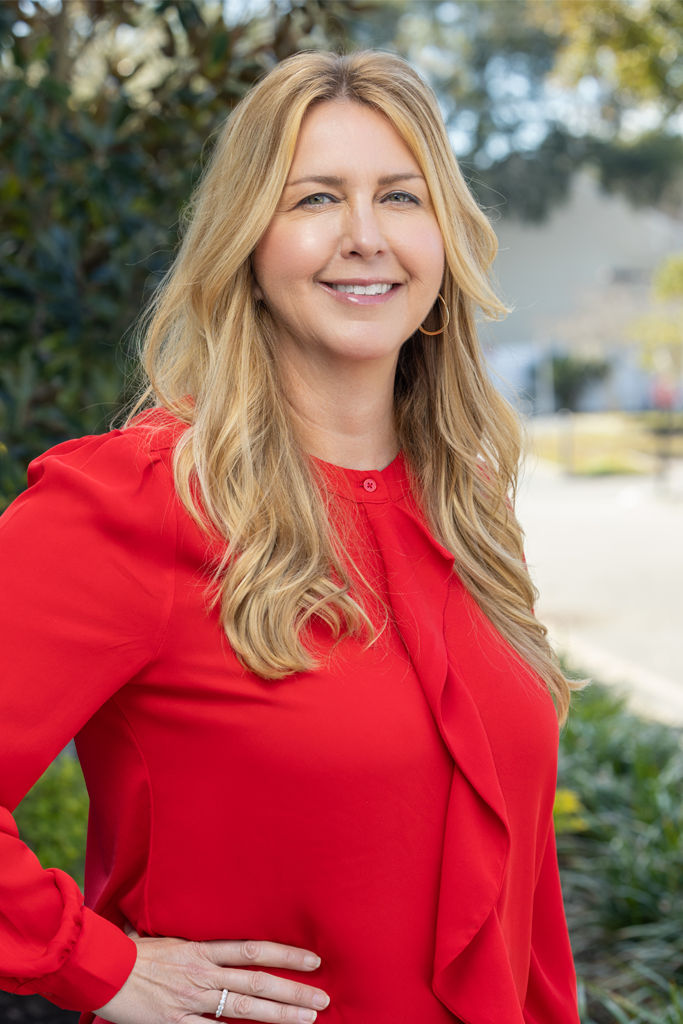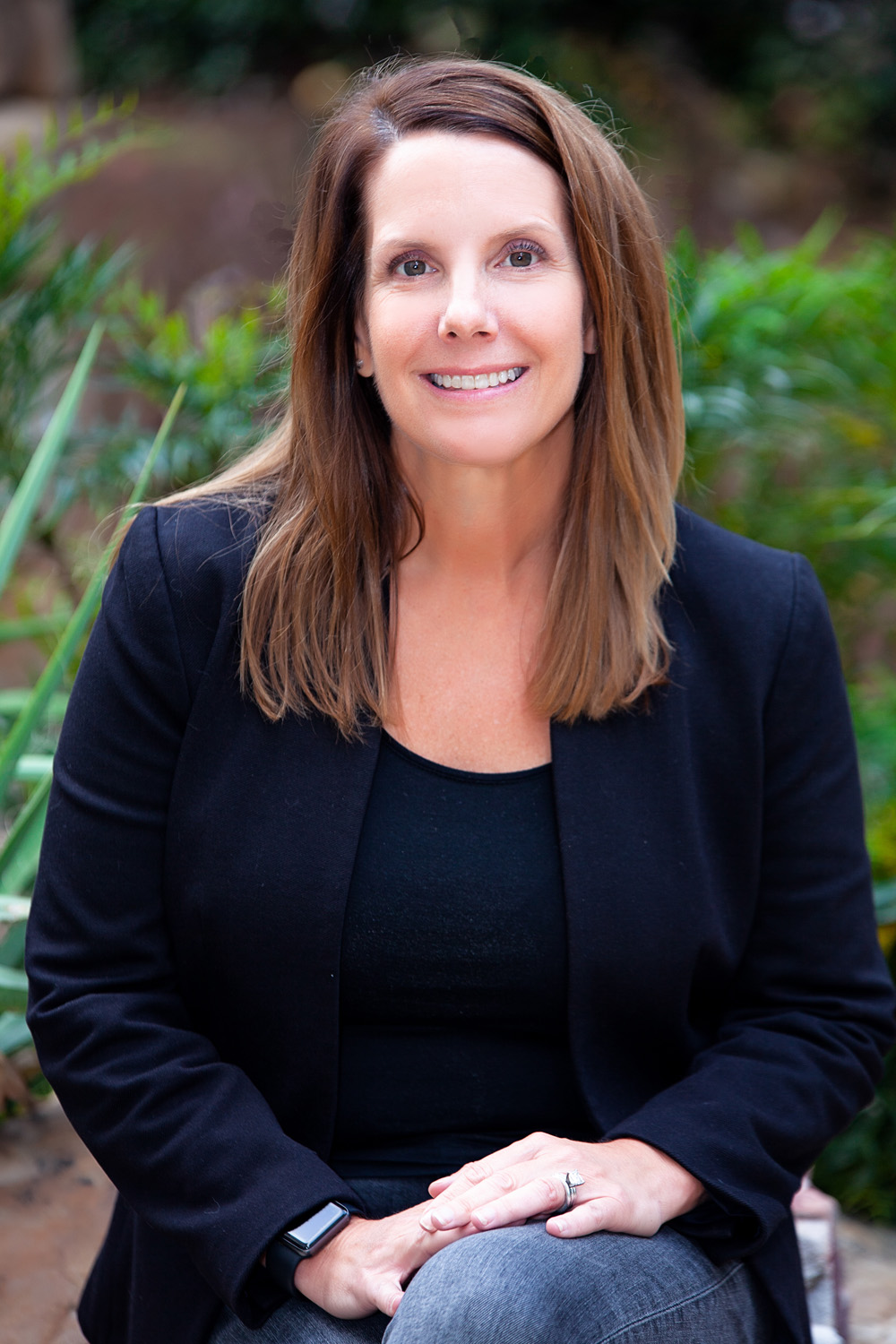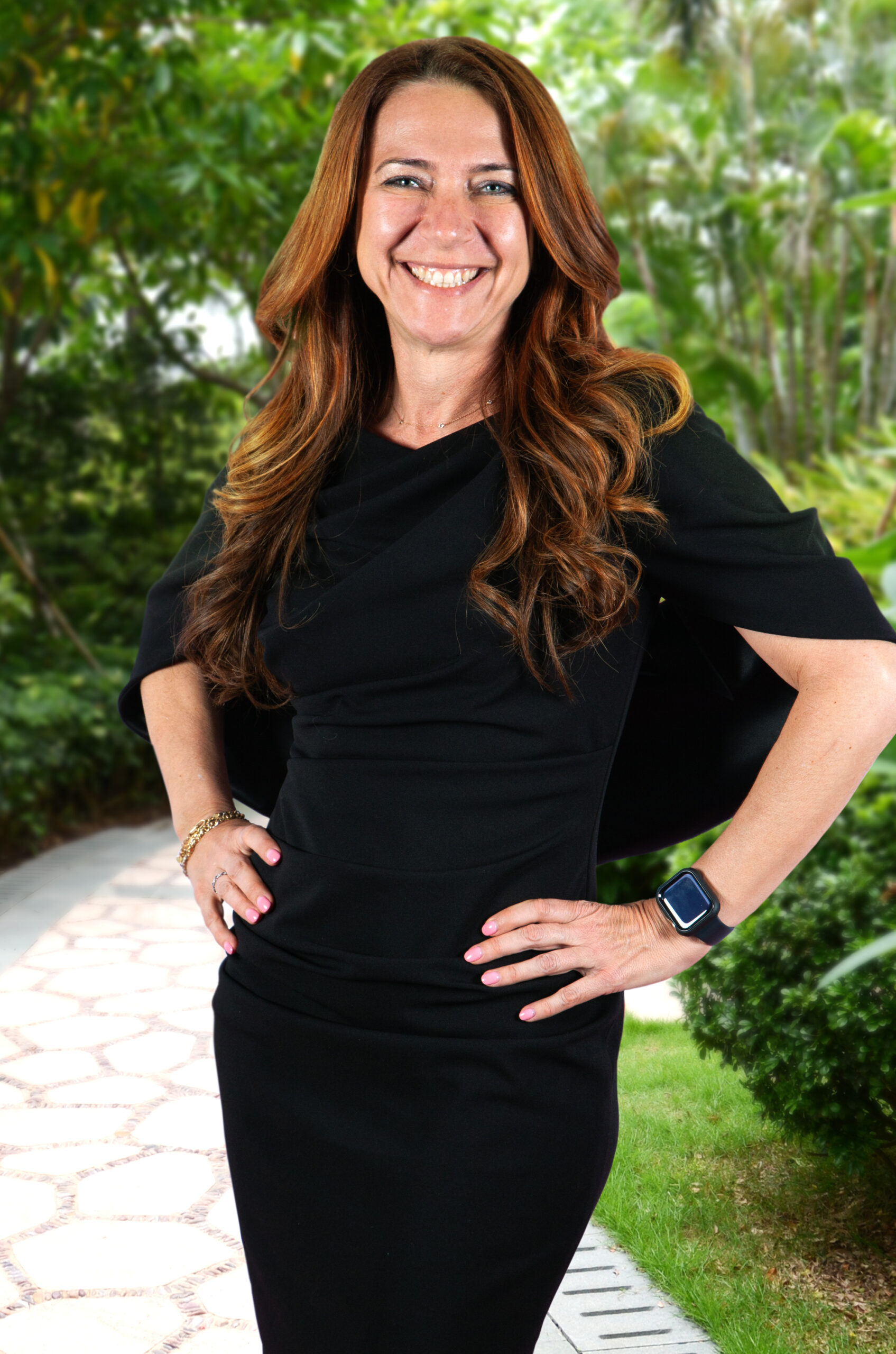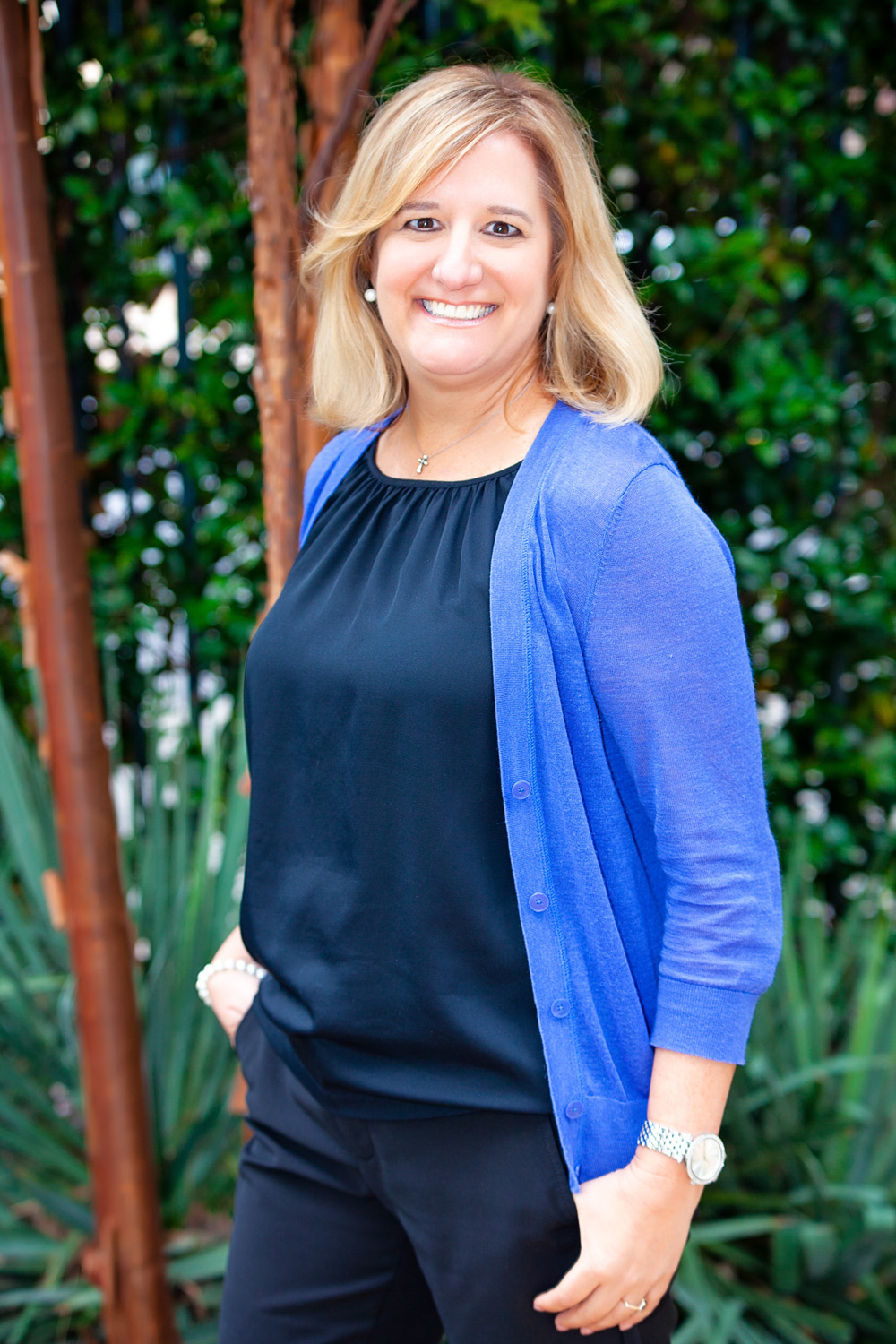A new lightweighting project reduces the weight of 12-, 16.9-, and 20-oz PET bottles from 21 to 18.5 g. That’ll help reduce PET by 3 million metric tons by 2025, but how will the supply chain react? We asked Alejandro Santamaria, Coke’s senior director.

The Coca-Cola Company has completely redesigned its range of small PET bottles with its latest lightweighting initiative, reducing the weight of these bottles and in many cases, changing the shape. Starting now and through 2024, all small PET bottles in 12 oz, 16.9 oz and 20 oz will be lightweighted from 21 g to 18.5 g for all The Coca-Cola Company’s sparkling brands, Minute Maid Refreshments, and Minute Maid Aguas Frescas in the U.S. and Canada.
Coca-Cola Trademark’s 20-oz 100% recycled PET (rPET, excluding caps and labels) bottles will soon be available in the new lightweighted bottle, as well.
It has been quite some time since the last preform and bottle redesign of this magnitude. For Coca-Cola Trademark’s 20-oz bottle specifically, that particular bottle design has been in the market since 2006, so it has been nearly two decades.
“The on-the-go grip design was hip and new when it first launched in the early 2000s, but it deviated from the original Coke contour. Now, we’re bringing back the original contour shape to the North American market but have optimized and modernized it a bit. We’ve been continuously working to ‘right-weight’ our bottles, incrementally going from 27 to 21 grams over the last 10 years. But we’d reached the ‘floor’ with our previous designs,” Alejandro Santamaria, senior director, Global Packaging Development & Innovation, The Coca-Cola Company tells Packaging World “Our breakthrough innovations in modeling technology, which reduce the weight of our bottles to 18.5 grams, represent a major step in reducing our environmental impact while preserving the durability and functionality of our packaging and, most importantly, the quality and taste standards of our beverages. As The Coca-Cola Company continues to make strides towards its World Without Waste goals of reducing PET use by three million metric tons by 2025, this light weighting innovation will help the company work toward this goal, while also helping reduce its overall carbon footprint.
“First, we needed to get bottlers throughout the network excited by the idea. We knew some existing bottle designs were not conducive to lightweighting, so we needed to refresh the design completely to get below the 21-g mark. From there, we piloted a research lab to develop and test the bottles. As the project got bigger and we entered the more advanced stages, we brought in a design team, suppliers, and more to bring the initiative to life,” he says.
Why now? While this work does have some cost-saving benefits due to reduction in material inputs, Santamaria says the company is primarily doing this to ensure its packaging is designed efficiently. Between getting bottling partners on board and product R&D, this all takes time, and he wanted to ensure the company was timing it correctly. Across the value chain, it appeared to be the right time.
“There had been incremental changes made over the past decade where an infrastructure overhaul was not necessary, but since 21 g was the floor weight for the bottle design, it was time to refresh the design to make even more progress towards lightweighting. We’ve been working on this for a while and it’s no easy feat, but luckily, we have an incredible bottler system that has helped us to accomplish this,” Santamaria says.
There certainly have been some process changes to bring the updated bottle designs to life. Suppliers’ existing preform equipment was re-tooled to produce the new 18.5-g preform design, and bottlers supported the project by investing in new capital for new molds. Bottlers’ existing blow-molding equipment had to be re-tooled as well to produce the new molds for the updated bottles. Downstream of bottle blowing, though, changes to packaging infrastructure are minimal. Filling, capping, labeling, and packing equipment required very minimal adjustments to compensate for the small dimensional differences of the new bottle designs.
Other industries, like bottled water, have undergone significant lightweighting projects over recent years, and some have noticed the less robust PET bottles don’t perform as well in supply chains or on packaging lines. Coca-Cola doesn’t expect this will be an issue.
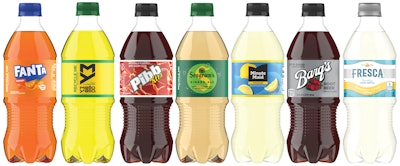
“As we are not lightweighting our sparkling bottles to the same extent as water, we don’t anticipate any issues. Our new bottles will still be rigid enough to run through our supply lines without issue,” Santamaria says. “Most things downstream will remain largely the same as the existing packaging is compatible with Coca-Cola and Sprite Trademark, but some tweaks have been made for the sparkling brands in the portfolio.”
There will be no change to any Coca-Cola or Sprite Trademark label size and placement. All other sparkling varieties—like Minute Maid Refreshments and Minute Maid Aguas Frescas—will require new, smaller labels which will be the same placement as Coca-Cola and Sprite brands. Previously, Coke’s sparkling offerings were packaged in a straight bottle with a very large label. Now, there will be a similar label size across all brands, which Santamaria says is a positive change in terms of labeling efficiency across bottles. There will be no changes to the cap/closure as part of this project.
“The secret was finding the right design features that allowed us to lightweight the bottle without compromising the quality of the drink,” Santamaria says. “The new bottles are optimized to reduce weak points in the bottle, preventing CO2 loss and retaining the bubbliness that we all know and love from our favorite drinks. We were able to find the sweet spot of functionality, while also still retaining the appealing shape of the bottle.”
There was a lot of data collection and consumer research done behind-the-scenes to ensure consumers felt good about the changes being made to the bottles. Santamaria says the response was overwhelmingly positive.
This transition is projected to reduce annual use of new plastic by the equivalent of nearly 800 million bottles in 2025 compared to 2024. Additionally, the packaging shift is estimated to reduce carbon emissions in 2025 compared to 2024 in an amount equivalent of taking more than 17,000 cars off the road for one year. The Coca-Cola Company recognizes its responsibility to help solve the global plastic packaging waste problem, and knows that lightweighting is just one step of the process.
In February, Coca-Cola also launched a 100% rPET initiative, where all versions of 20-oz Coca-Cola bottles will be made from 100% recycled plastic (excluding cap and label) in the U.S. This transition began in March and will be fully rolled out by the end of 2024. All producing bottling partners in The Coca-Cola System in U.S. and Canada are rolling out the lightweighted bottles at different points this year. In the U.S., the Coca-Cola system consists of 64 independently owned bottlers. To name a few, Coca-Cola Bottling Company United, Reyes Coca-Cola Bottling, Liberty Coca-Cola, Coca-Cola Southwest Beverages, Swire Coca-Cola, and Coca-Cola Consolidated Inc. The company has one bottler in Canada, Coke Canada Bottling Limited.
When asked how these bottling partners felt about the move, Santamaria says they’ve been willing and accommodating. “We’re so lucky to have such amazing partners who are committed to reducing use of virgin plastic and driving a circular economy,” he says. “It’s been a true team effort to get this initiative to where we are today.”
Matt Reynolds. “Coke’s ‘First in Decades’ PET Lightweighting Project Sends Supply Chain Ripples” Packaging World. (Massive Coke PET Bottle Lightweighting Project is ‘First in Decades’ | Packaging World (packworld.com))


